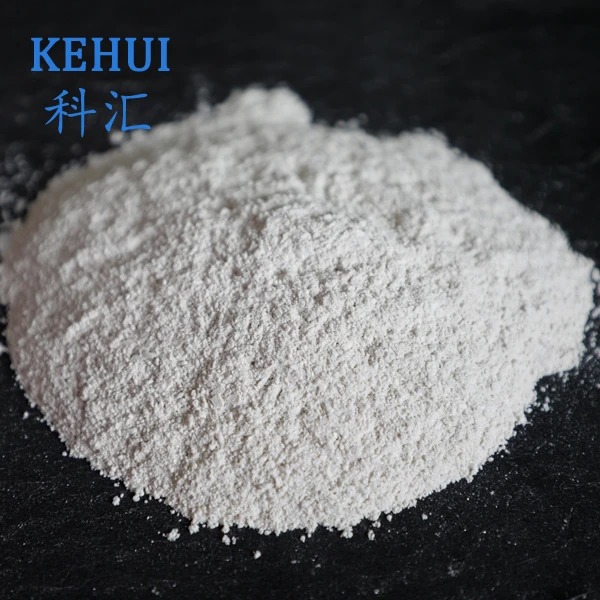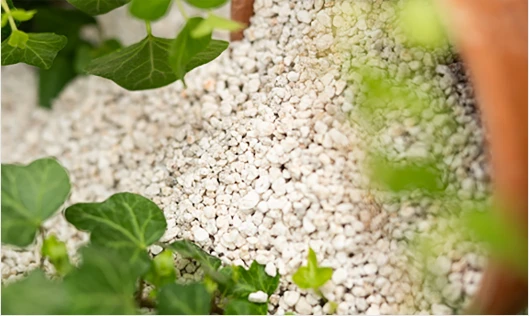Mica powder, a natural mineral product, has gained significant attention for its versatile applications in various industries. Its unique properties make it a sought-after component in cosmetics, art supplies, and industrial manufacturing. Here, we delve into the multi-faceted uses, benefits, and safety considerations tied to mica powder, ensuring a comprehensive understanding that underscores its prominence and trustworthiness in various sectors.
Safety and sustainability are paramount when discussing mica powder. Ethical sourcing is a critical issue, as illegal mining practices can lead to human rights violations. It's essential for manufacturers to procure mica through verified and transparent supply chains. Consumers are increasingly aware of the origins of the products they purchase, and companies are responding by providing evidence of safe and ethical sourcing practices, reinforcing trust. From a health perspective, mica powder is generally considered safe for external use, provided it is cosmetic-grade. However, concerns have arisen regarding inhalation risks during manufacturing or application. It's advisable for users and workers to wear masks or work in well-ventilated areas to minimize exposure. Product labels should clearly indicate the safety measures in place, reassuring consumers of the product's credibility. Recent advancements have seen the integration of synthetic mica, known as fluorphlogopite, in lieu of natural mica. This lab-engineered alternative offers several benefits, including a cleaner, purer product with fewer impurities, meeting high safety and environmental standards. Synthetic mica provides similar aesthetic pleasures without the potential ethical dilemmas associated with natural mica mining, offering industries a sustainable path forward. In conclusion, mica powder's role across various industries highlights its dynamic and beneficial nature. The expertise required to harness its full potential speaks volumes of its value. Its journey from raw mineral to coveted product is closely monitored, reflecting a commitment to quality and ethical responsibility. Consumers, artists, and manufacturers alike place trust in mica powder, supported by rigorous standards and innovative practices, ensuring that it remains a cornerstone in product development across sectors. As awareness and technology evolve, mica powder's adaptability will undoubtedly continue to shine, mirroring the very qualities it bestows upon the products it enhances.


Safety and sustainability are paramount when discussing mica powder. Ethical sourcing is a critical issue, as illegal mining practices can lead to human rights violations. It's essential for manufacturers to procure mica through verified and transparent supply chains. Consumers are increasingly aware of the origins of the products they purchase, and companies are responding by providing evidence of safe and ethical sourcing practices, reinforcing trust. From a health perspective, mica powder is generally considered safe for external use, provided it is cosmetic-grade. However, concerns have arisen regarding inhalation risks during manufacturing or application. It's advisable for users and workers to wear masks or work in well-ventilated areas to minimize exposure. Product labels should clearly indicate the safety measures in place, reassuring consumers of the product's credibility. Recent advancements have seen the integration of synthetic mica, known as fluorphlogopite, in lieu of natural mica. This lab-engineered alternative offers several benefits, including a cleaner, purer product with fewer impurities, meeting high safety and environmental standards. Synthetic mica provides similar aesthetic pleasures without the potential ethical dilemmas associated with natural mica mining, offering industries a sustainable path forward. In conclusion, mica powder's role across various industries highlights its dynamic and beneficial nature. The expertise required to harness its full potential speaks volumes of its value. Its journey from raw mineral to coveted product is closely monitored, reflecting a commitment to quality and ethical responsibility. Consumers, artists, and manufacturers alike place trust in mica powder, supported by rigorous standards and innovative practices, ensuring that it remains a cornerstone in product development across sectors. As awareness and technology evolve, mica powder's adaptability will undoubtedly continue to shine, mirroring the very qualities it bestows upon the products it enhances.
Prev:
Next:
Latest news
-
The Versatile World of Phlogopite Mica: Properties, Forms, and ApplicationsNewsJul.14,2025
-
The Versatile Applications of Calcined Mica: From Decoration to Industrial UseNewsJul.14,2025
-
The Role of Muscovite Mica in Industrial Insulation MaterialsNewsJul.14,2025
-
The Benefits of Using Expanded Clay Pebbles in Hydroponics and Soil GardeningNewsJul.14,2025
-
Innovative Applications of Mica Flake in Paints and CoatingsNewsJul.14,2025
-
Gardening Expanded Clay Usage: A Complete GuideNewsJul.14,2025
-
The Use of Natural Mica Powder in Skincare ProductsNewsJun.11,2025
Related Products








